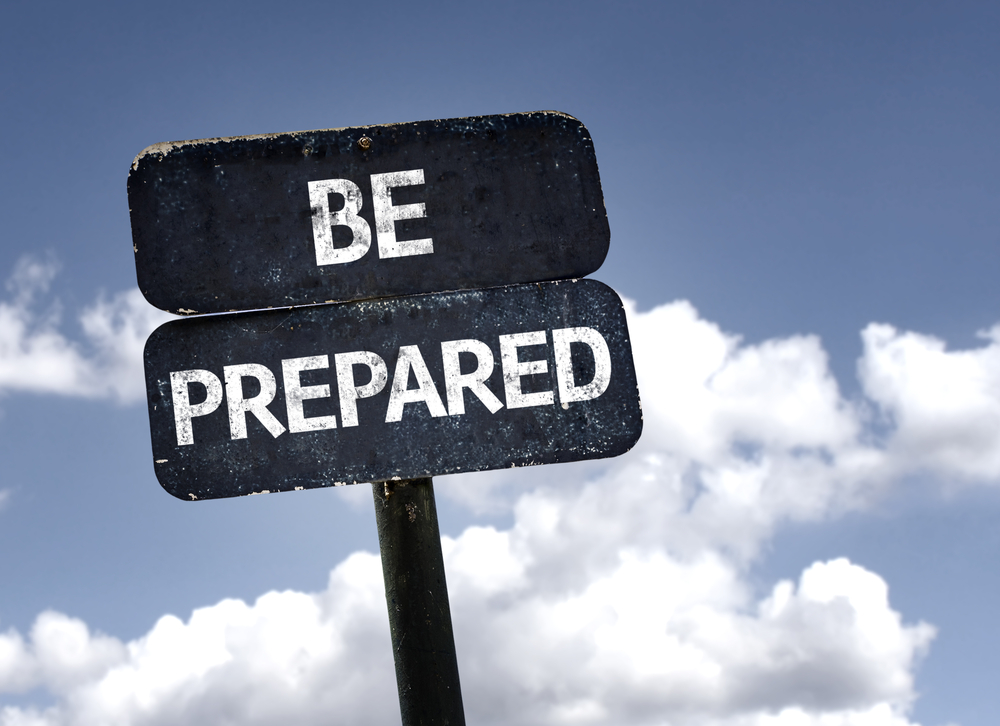Tips to Prepare your Properties for a Sudden Earthquake

The western United States has historically been home to many of the nation’s earthquakes, but a shift in venue seems to be taking place. Recent and frequent earthquakes in Texas, Oklahoma and Kansas have been reported, which should prompt homeowners and residents to start thinking about preparedness.
Moderate temblors are hitting areas relatively new to seismicity, according to the U.S. Geological Survey. Oklahoma and Kansas reported several small quakes in 2014, which marked a decline in the number of large seismic events over 2013. So far in 2015, Texas has had unprecedented seismic activity.
In first seven days of January, North Texas had 11 earthquakes. On Jan. 6, nine struck the Dallas/Fort Worth area and rattled homes and businesses. One earthquake measured in at 3.6 in magnitude and made the U.S. Geological Survey’s most current “Significant Earthquakes” lists.
The shaky activity arrived just six days before the five-year anniversary of the devastating earthquake in Haiti that killed more than 200,000 people and caused $8 billion in economic losses.
Mobile homes and homes not attached to their foundations are at particular risk during an earthquake, as well as buildings with foundations that are constructed on landfills and other unstable soils.
Preparedness for any kind of seismic activity can go a long way, no matter where the location. Ready.gov and the American Red Cross offer several tips to help protect families and properties from earthquakes. Here are some and how they may apply to single-family properties, no matter the location:
Fix leaky connections and defective electrical wiring to minimize fire risk
Repair defective electrical wiring and leaky gas connections on structures to prevent potential fire. Install flexible pipe fittings, which are more resistant to breakage, to avoid gas or water leaks. The gas company may recommend installing an automatic gas shut-off valve that is triggered by strong vibrations.
Repair cracks or other visible damage in the structure
Repair any deep cracks in ceilings or foundations and repair existing structural issues. Cracks could potentially worsen from an earthquake, and existing structural issues may increase the chance that the structure collapses and potentially harms residents. Seek expert advice if there are signs of structural defects.
Fasten shelving and organize shelving contents appropriately
Fasten shelves securely to walls and place large or heavy objects on lower shelves. If the shelves house poisons (i.e. weed killers, pesticides) or flammable products should be stored and secured in the same fashion.
Bolt outbuildings and storage sheds to their foundations
Securely bolt storage sheds and outbuildings to their foundations. An unbolted structure is more likely to move off its foundation and cause additional damage.
Secure breakables and hanging items
Mirrors, picture frames and other hanging items as well as books, framed photos and other items on shelves or walls should be secured with closed hooks, adhesives or earthquake putty. If feasible, relocate heavy objects which may be hanging over sofas or any place where people are seated. Small breakables should be in closed cabinets with latches.
Use nylon straps to hold electronics, computers in place
Secure electronics such as computers, televisions and other appliances with nylon straps. Water heaters and gas appliances should be stabilized by strapping them to the wall studs and bolting them to the floor.
Encourage residents to put a safety plan in place
Work with residents to locate safe spots in each room or in the house. A safe place could be under a piece of furniture or against an interior wall away from windows, bookcases or tall furniture that fall. In the event of an earthquake, you should drop, cover and hold on.
Is your property ready for an earthquake?







